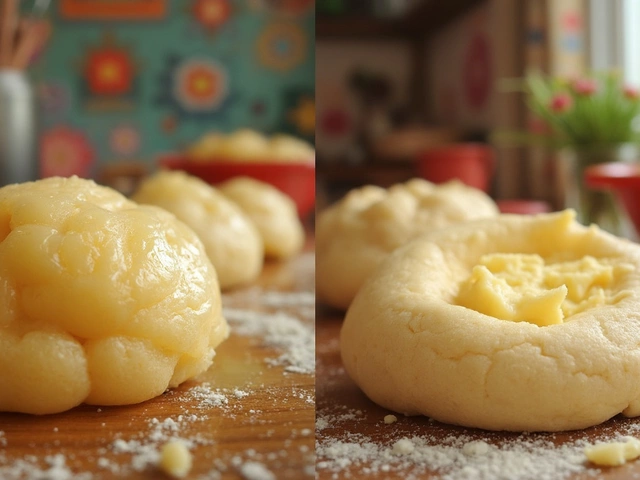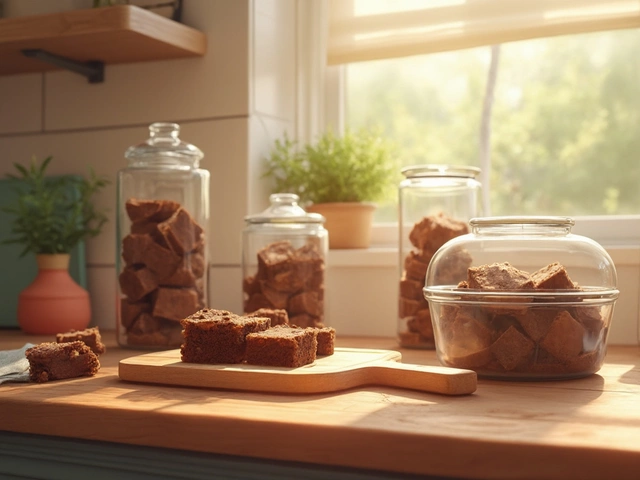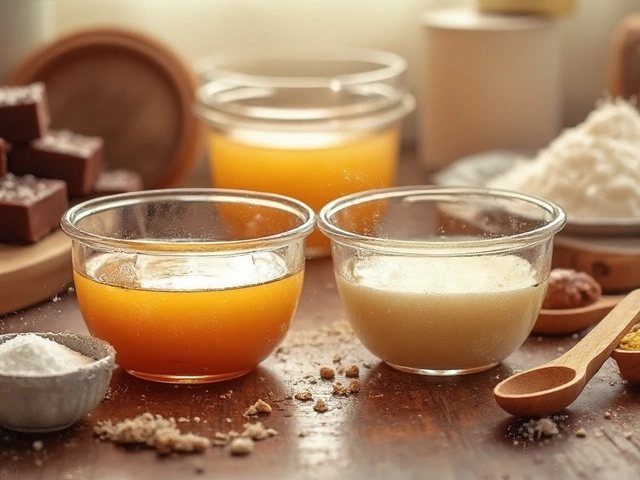Fudge Fix: How to Perfect Your Fudge Every Time
If you’ve ever pulled a batch of fudge out of the pot only to find it grainy, too hard, or still liquid, you’re not alone. Fudge can feel like a mystery, but the good news is that most mishaps have a simple fix. Below you’ll find the most common issues and straight‑forward tricks that keep your fudge creamy and smooth.
Common Fudge Issues and Quick Fixes
Grainy texture. Grainy fudge usually means the sugar crystals grew too large. The fastest way to rescue it is to re‑heat the mixture to the soft‑ball stage (about 235°F/112°C), stir it gently until the sugar dissolves, then cool it down slowly. If you don’t have a thermometer, drop a small spoonful into cold water – it should form a soft ball that you can easily flatten.
Fudge that’s too hard. Over‑boiling pushes the sugar past the soft‑ball stage into the firm‑ball range, making the fudge rock‑hard. To fix this, add a splash of milk or cream and warm the mixture just enough to bring it back to the soft‑ball temperature. Stir continuously so the new liquid incorporates evenly.
Runny or under‑set fudge. If the fudge never thickens, you probably stopped heating too early. Return the pot to the stove, bring it back up to the soft‑ball stage, and keep a close eye on the thermometer. Once you hit the right temperature, beat the mixture vigorously for a few minutes – this helps the sugar crystals form correctly.
Fudge that cracks when it cools. Cracks happen when the fudge cools too quickly or when there’s not enough moisture. To avoid this, let the fudge cool at room temperature for 15‑20 minutes before moving it to the fridge. If cracks still appear, add a tablespoon of butter or a bit more cream next time; the extra fat keeps the fudge flexible.
Pro Tips for Smooth, Creamy Fudge
Start with a reliable recipe that lists exact temperatures. A candy thermometer isn’t optional – it’s the easiest way to stay in the sweet spot.
Use the right pan size. A wider pan cools faster and reduces the chance of over‑cooking. If you need a deeper batch, lower the heat a bit and stir more often.
Combine the sugar, milk, and butter before heating. Adding the chocolate or cocoa at the end prevents burning and gives a smoother finish.
When you beat the fudge after reaching temperature, do it with a wooden spoon or an electric mixer on low speed. Over‑mixing can incorporate too much air, leading to a light, crumbly texture.
Store fudge in an airtight container at room temperature for up to two weeks. If you live in a hot climate, a cool pantry or short refrigeration works better. Avoid the fridge for longer than a day, as it can dry out the surface.
Finally, experiment with flavor add‑ins after the fudge has cooled a bit but is still pliable. Nuts, dried fruit, or a dash of sea salt add texture without messing up the base.
With these fixes and tips, you’ll stop guessing and start producing fudge that’s consistently silky, rich, and ready to share. Give one of the quick fixes a try on your next batch and see how easy it is to turn a fudge flop into a sweet win.

Rescue Your Fudge: Transform Toffee-Like Fudge Without Condensed Milk
When your fudge turns out too much like toffee, fear not—with a few tricks, you can bring it back on track without using condensed milk. Understanding the science of sugar and the importance of precise cooking temperatures can aid in the rescue mission. Adjusting ingredients like butter, cream, or milk can help restore the desired creamy texture. The article guides you through the steps to successfully transform your toffee-like fudge into a delectable treat, offering practical tips and insights.
View More




